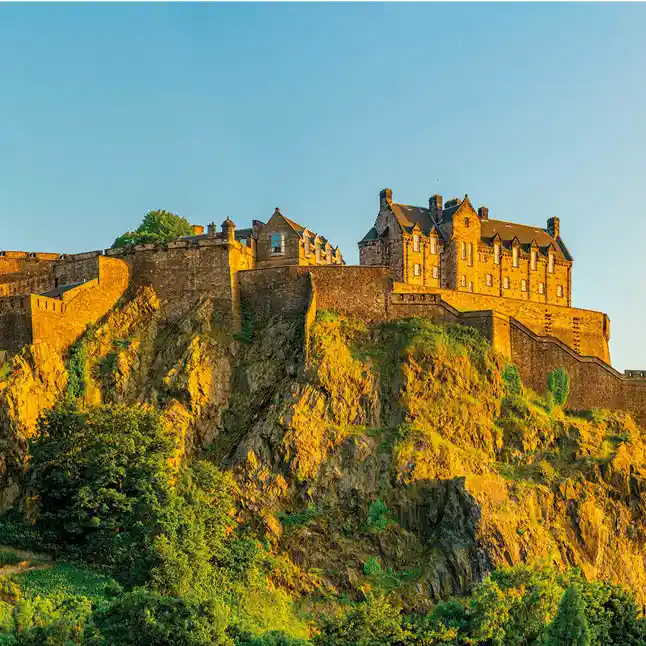The best deals with Princess.
Without a doubt, a cruise is the best way to explore Northern Europe.
From the stunning Norwegian fjords to the Baltic islands and the historic cities of the Baltic, this region is one of the most fascinating destinations for any traveler. Whether it’s for its impressive natural landscapes, its rich Viking history, or its vibrant modern culture, Northern Europe offers something unique.
Exploring the colorful streets of Copenhagen, admiring the Arctic landscapes of Norway, or discovering the mix of cultures in Helsinki makes this destination an unforgettable cruise experience, combining nature, culture, and modernity at every stop.
















